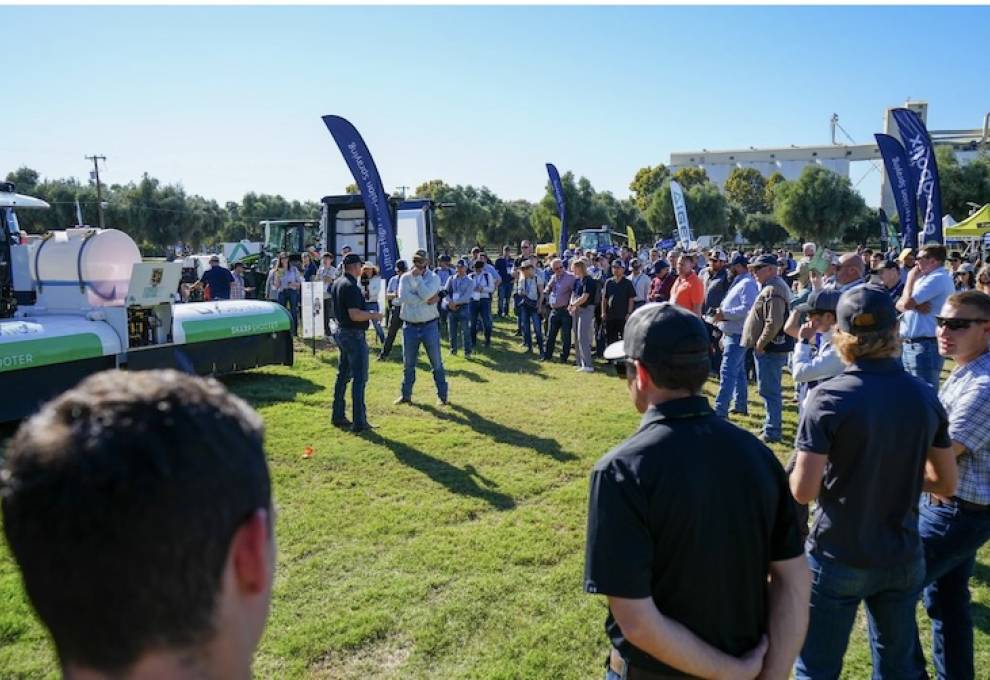
The fourth annual FIRA USA, held October 21-23, 2025 in Woodland, California, demonstrated that automation has evolved from experimental technology to practical solutions for the pressing labour, economic, and sustainability challenges facing specialty crop agriculture. With more than 60 exhibitors and 30 robotic solutions demonstrated live, the event united 1,800 leading attendees including top growers, robot manufacturers, OEMs, major AgTech investors, universities, and innovators.
The 2025 edition distinguished itself through qualified participation from farmers across strategic sectors: tomatoes, sugar cane, fresh vegetables, leafy greens, tree fruits, vineyards, row crops and tree nuts. This strong field presence enabled the signing of several commercial agreements between growers and robotic solution manufacturers during the event.
“What I wanted to see this week was growers and robot companies having conversations about one thing: can this product work for grower economics? That's the whole key to making automation work,” explains Walt Duflock, vice-president of innovation at Western Growers.
“California agriculture spends $16.3 billion annually on 850 million labour hours, of which only two to three per cent has been automated. Until we move that number up, we'll keep relying on international labour at $30 an hour.”
The event featured several major announcements, with press conferences from Ecorobotix and Niqo Robotics launching new products, as well as notable demonstrations from major equipment manufacturers. John Deere, represented by Sean Sundberg, business integration manager, and Michael Bailey, director, production systems, High Value & Small Acre Crops, showcased the autonomous 5ML tractor, continuing to advocate for regulatory changes allowing legal use of autonomous farm vehicles in California. New Holland, with representative Paul Welbig, director of precision technology, also demonstrated their commitment to advancing automation solutions for specialty crop growers.
Specialty crop automation was a $250 million business in 2024 and is projected to grow to $1 billion by 2030 (Source: WGA). This growth generates significant adjacent opportunities: integration services, data analytics, and circular economy could represent an additional $1 billion market.
Source: FIRA USA November 4, 2025 news release

